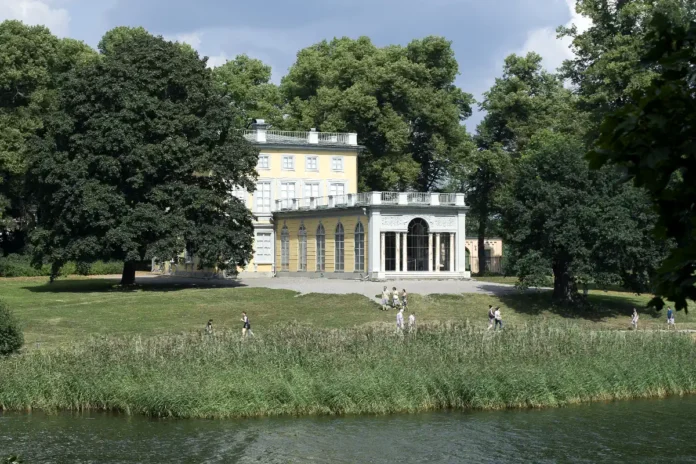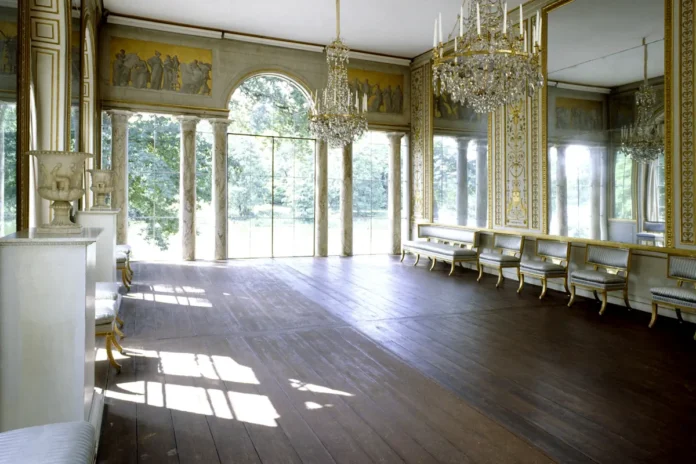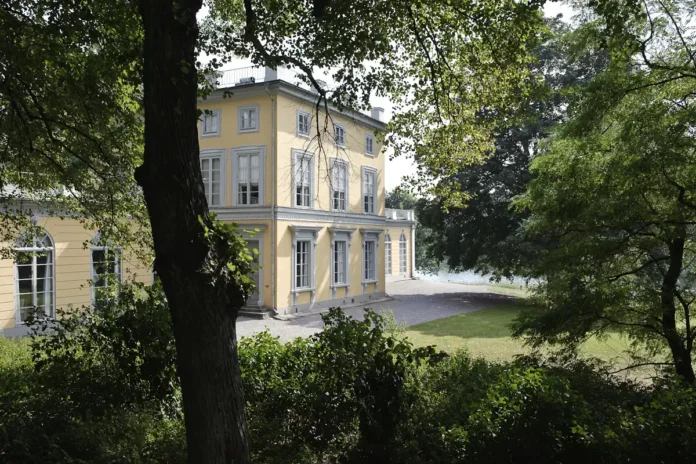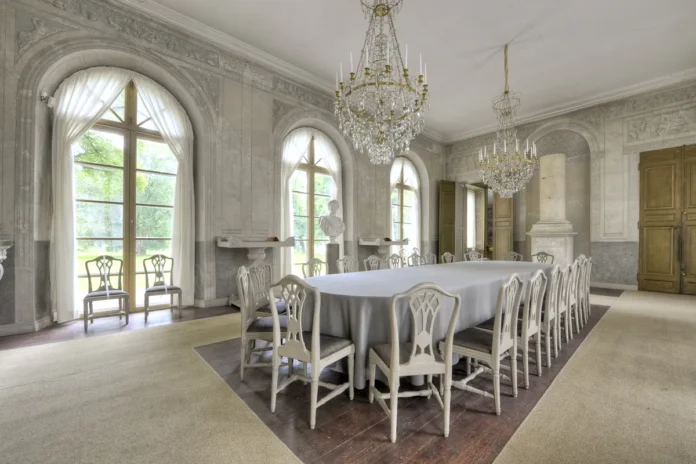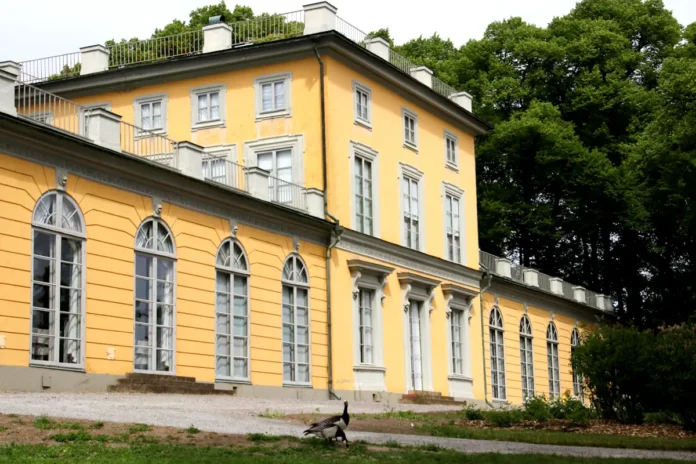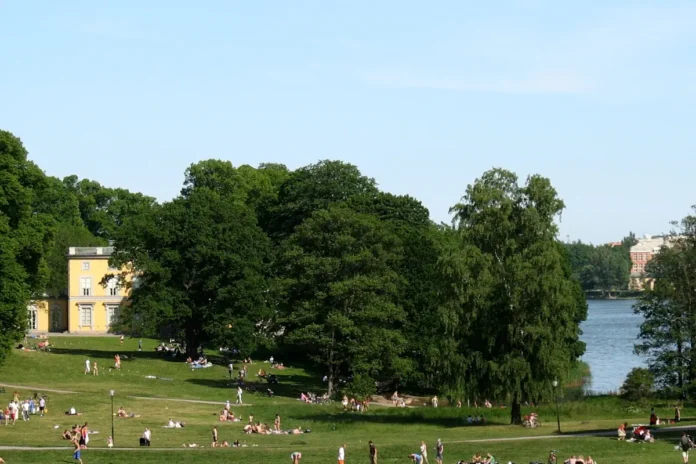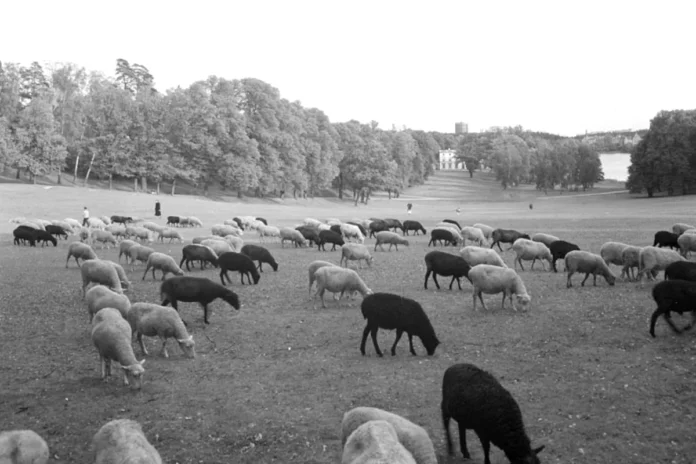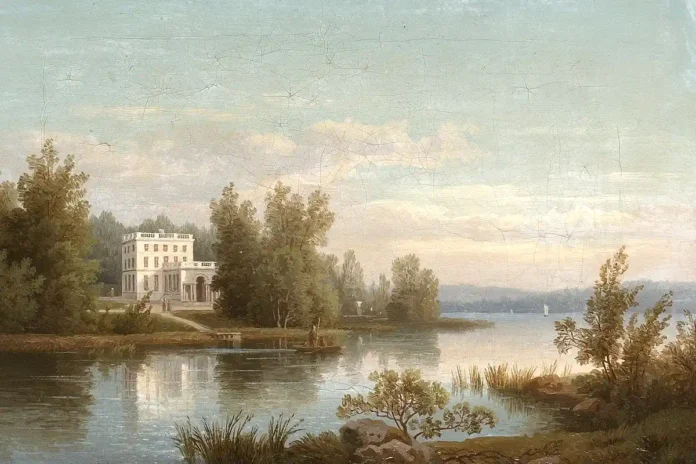A Royal Retreat in Haga Park, Stockholm
Gustav III’s Pavilion, nestled in the picturesque Haga Park just outside the bustling city of Stockholm, Sweden, stands as a remarkable testament to the opulence, grandeur, and refined taste of Sweden’s 18th-century royalty.
A Glimpse into Swedish Regency
Commissioned by the visionary King Gustav III, this exquisite pavilion is an architectural gem inviting visitors to step back in time. Explore the pavilion to experience the lavish and sophisticated world of Swedish regency, vividly depicting the luxurious lifestyle and cultural sophistication of the era for a unique and enriching historical experience.
Note: Gustav III’s Pavilion (the palace itself) is temporarily closed for public tours during the 2024 season.
Gustav III’s Pavilion – A Royal Retreat
Originally built as a royal retreat for King Gustav III, the pavilion was constructed between 1787 and 1792. Designed by architect Louis Jean Desprez, it served as a summer residence where the king could escape the formalities of court life. Gustav III intended it for leisure and private gatherings, reflecting his interest in the arts and neoclassical architecture.
The pavilion is notable for its elegant interiors and decorative arts, influenced by Gustav III’s taste for neoclassicism and French culture. Consequently, rooms for dining, entertaining, and relaxation embody the luxurious yet understated elegance of the period.
Today, Gustav III’s Pavilion is a museum managed by the Swedish National Property Board (Statens fastighetsverk). It offers visitors a glimpse into the late 18th-century royal lifestyle and the artistic tastes of King Gustav III.
Architectural Splendor
Architect Olof Tempelman designed the pavilion, with interior designs by Louis Masreliez. Constructed between 1787 and 1792 for King Gustav III, the architecture showcases clean lines, symmetry, and classical proportions inspired by Greek and Roman aesthetics. The exterior features elegant simplicity with a harmonious façade, pilasters, and a central pediment.
Inside, the Pavilion boasts opulent interiors with intricate stuccowork, lavish furnishings, and exquisite decorative details. These elements reflect the refined taste of the Gustavian era. The historical building serves as a testament to the artistic vision of its time and offers a glimpse into the luxurious lifestyle of the Swedish monarchy.
Artistic Legacy
The pavilion is not merely an architectural marvel but also a treasure trove of artistic significance. The interiors showcase a collection of period furniture, delicate porcelain, and exquisite artwork. These elements offer a curated glimpse into the aesthetics that defined the Swedish court during the 18th century.
Exploring Haga Park
Moreover, beyond the pavilion, Haga Park unfolds as a sprawling landscape of natural beauty. Visitors can meander through lush gardens, stroll along serene lakes, and enjoy the tranquility of this royal retreat. The park itself is a destination for those seeking a harmonious blend of history, nature, and leisure.
Conclusion of Gustav III’s Pavilion
In essence, Gustav III’s Pavilion at Haga offers tourists a rare opportunity to witness the regal lifestyle of Sweden’s past monarchs. The pavilion remains a testament to Gustav III’s artistic and cultural interests. It showcases the architectural and aesthetic tastes of the 18th-century Swedish monarchy.
Whether captivated by the architectural grandeur or intrigued by the artistic legacy, this historic site offers something special. Visitors can enjoy a tranquil escape in Haga Park. A visit here promises an immersive journey into the elegance and refinement of Swedish royalty.


